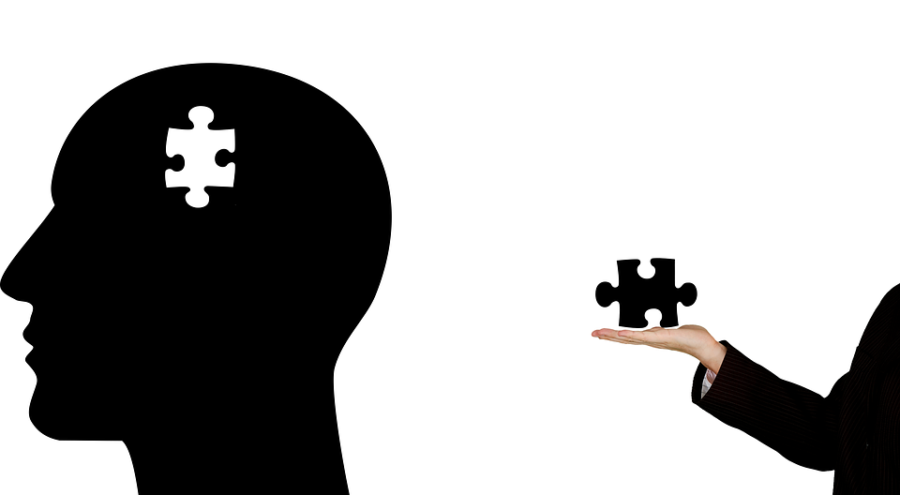Goss: How to ward off seasonal blues
Columnist Grayson Goss encourages those who may have seasonal affective disorder to prevent its effects with activities such as getting sunlight, exercising and meditating. Goss offers some advice for students to follow in order to reap the benefits of each activity.
October 7, 2019
As the air gets colder and the days get shorter, it is prime time for the seasonal blues (or seasonal affective disorder) to rear its head.
Seasonal affective disorder (SAD) is a depressive disorder that springs up around the fall and winter months, when there is less sunlight and colder temperatures encourage more indoor activities. The symptoms of SAD are like that of depression, where a person experiences a loss of interest in activities or a markedly depressed mood.
As such symptoms take hold, these seasonal blues can have a damaging effect on any student’s social, academic and personal wellbeing if left unchecked and untreated. Despite these seemingly harrowing effects of SAD, there are a few simple things you can do to prevent them. The best part is that none of them require medication.
Get some (sun)light — The main cause of SAD is low light exposure. In simple terms, certain biological structures in the brain lower their chemical signals as light exposure decreases, which results in the symptoms of SAD. To make matters worse, not everyone wants to go outside in the freezing cold winter months just to get some sunlight. With the advent of LED technology, you don’t have to leave your warm room to get sunlight.
Therapy lights for SAD are a proven treatment for fall-onset SAD. You simply turn one on and have it sit near you for 20-30 minutes. It essentially acts as a therapeutic substitute for sunlight that stimulates those biological structures mentioned earlier. These light therapy boxes, however, can range from $40 to $400, so it is understandable if a college student cannot afford such a device. There are other ways to treat SAD that are not as expensive, though.
Exercise — When the body exercises, it releases endorphins. Endorphins are a type of naturally occurring morphine in the body that both dulls pain and produces a feeling of pleasure. Consistent exercise with a regular release of these organic opiates can increase your feeling of wellbeing and even give you a runner’s high. Additionally, exercise has other benefits of improving memory and learning, as well as helping decrease anxiety and keeping your body physically fit.
Meditation — For all the spirituality surrounding the ancient practice of meditation, there exists a plethora of scientific evidence that this exercise in mindfulness has significant health benefits. In addition to lowering activity in the brain’s default mode network and reducing anxiety, meditation is also effective in treating depression and depressive disorders.
The best part about meditation is that it you don’t have to go on a spiritual journey searching for nirvana or pay thousands of dollars to get these benefits. Apps like Headspace and Sattva are freely available to anyone with a smartphone, and guided meditation videos are also available to anyone with an internet connection.
While using these methods can be extremely useful to combat the harmful effects of SAD, they are not a substitute for psychiatric help. If you or someone you know is struggling socially or academically, Iowa State has resources for counseling and psychiatric help that are freely available to students.

















